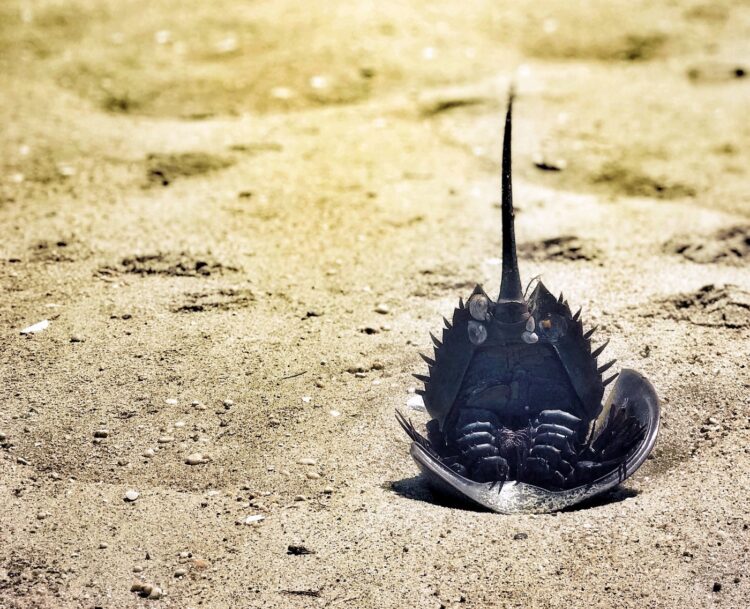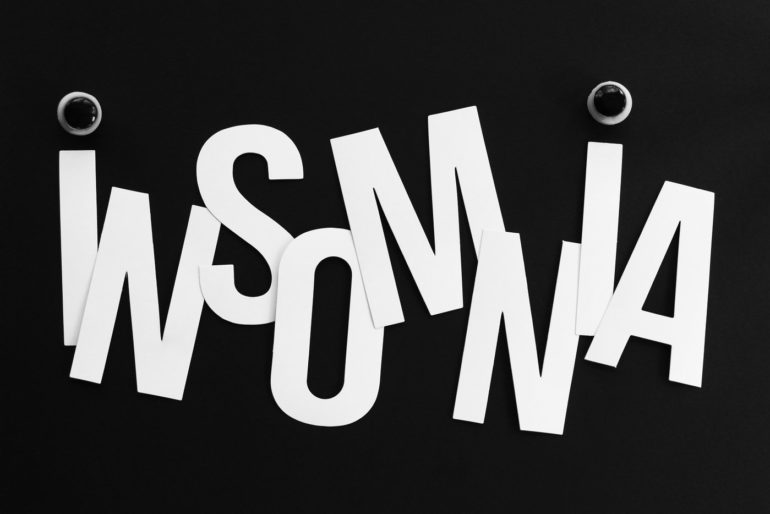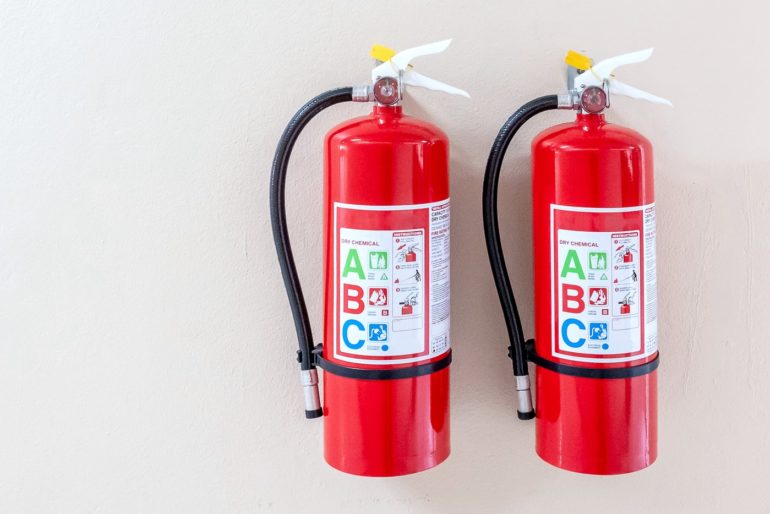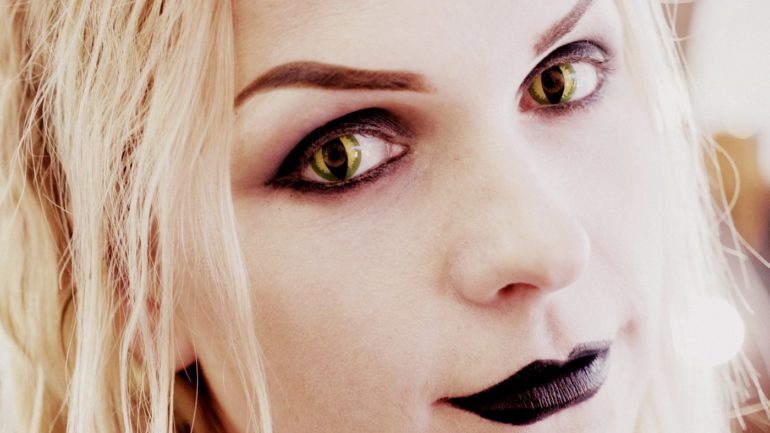Is ‘blue blood’ ever really blue?
If you’ve heard the term “blue blood” — used to refer to royalty, or to police officers — you might wonder: is blood ever really blue?
Royal blue
Blue blood, when referring to royalty, is translated from the Spanish phrase sangre azul. The term most likely finds its origin in the upper class of ancient societies, whose untanned skin clearly showed the bluish veins just under their skin — unlike the heavily tanned working class, who toiled outside in the sun and the elements.
Much more recently, police officers sometimes also use the expression “our blood runs blue,” referring to the bond of officers, with the blue the color of the majority of police uniforms.
Venous vs arterial blood: Is blood ever blue?
Basic physiology lesson: With just a couple exceptions near the heart, arteries carry oxygen-rich blood from the heart to the various parts of the body (oxyhemoglobin), while veins return the blood, after oxygen delivery is complete, to the heart (deoxyhemoglobin).
Blood is bright red — think fire-engine red — when oxygenated, and a more burgundy/maroon color when it’s not. That means it might look a little bluish, but is still well within the red color spectrum. (This is known as the arteriovenous oxygen difference.)
Those blue veins
Despite their bluish appearance from the burgundy-colored blood within, that which flows through your veins — such as those on the underside of your wrist — it is still quite red.
The blue tint of the vein’s appearance is partially caused by the same phenomenon that makes the sky appear blue: Rayleigh scattering.
And why do we only really see veins through the skin, not arteries? Because they’re bigger, closer to the surface, and have thinner walls than most arteries.
The textbook case
For clarity in anatomical drawings, most medical texts are illustrated showing the arteries in red (because they move oxygen-packed blood cells throughout the body) and the veins in blue (with that de-oxygenated blood heading back to the lungs for a refill). This kind of artistic rendering — as seen to the right — may contribute to the misconception that sometimes human blood is blue.
If you’re interested in getting a way, way in-depth view on this topic, check out this scientific study from 1996: Why do veins appear blue? A new look at an old question.
A horse of a different color
But is there ever really such a thing as blue blood — outside the science-fiction world, that is?
Yes. It’s just that human blood is never blue.

Now, if you’re a mollusk (clams and the like), which also includes cephalopods (squid, for example) and gastropods (slugs and snails), or a select few arthropods — like the horseshoe crab, as shown at right — you bleed blue. This is due to the fact that all these animals’ blood contains the protein hemocyanin — about 50g per liter, according to chapter 11 of Carl Shuster’s The American Horseshoe Crab.
Hemocyanin (note the cyan — meaning blue — in the middle there) is colorless when deoxygenated and dark blue when oxygenated, and the blood of the horseshoe crab is generally grey-white to pale yellow, since they live in low oxygen environments. It’s only upon bleeding that their blood shows its true color.
Technically, since horseshoe crabs’ blood also contains lymph fluid as well, what they bleed is technically called hemolymph — but if you ask me, that’s close enough.
So the blue blood score is Horseshoe Crab: 1; Humans: 0.







